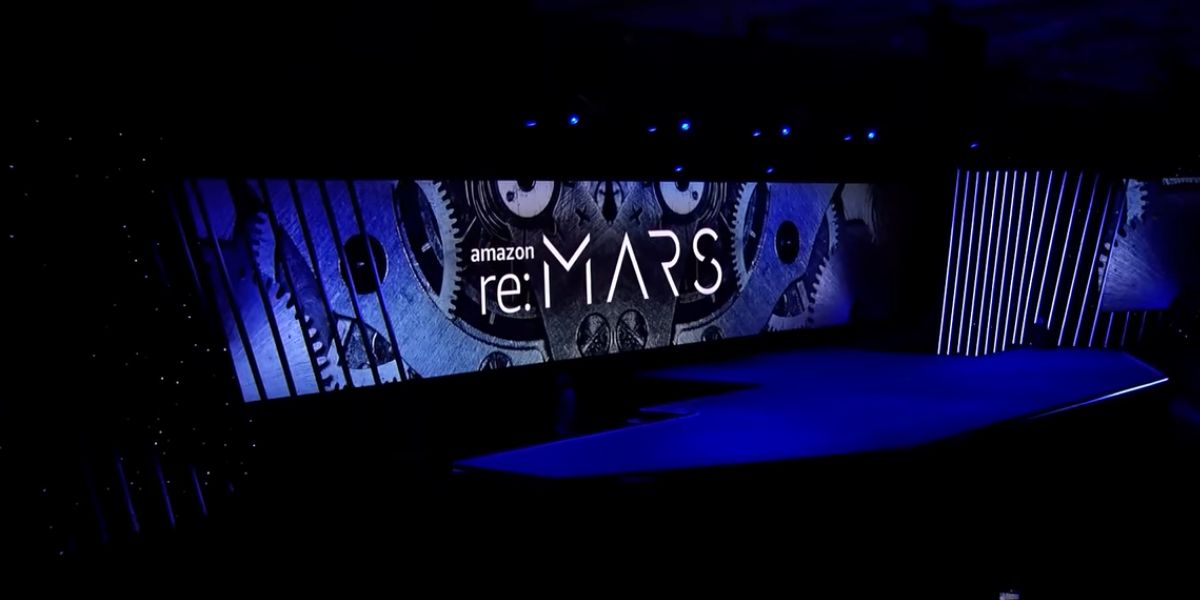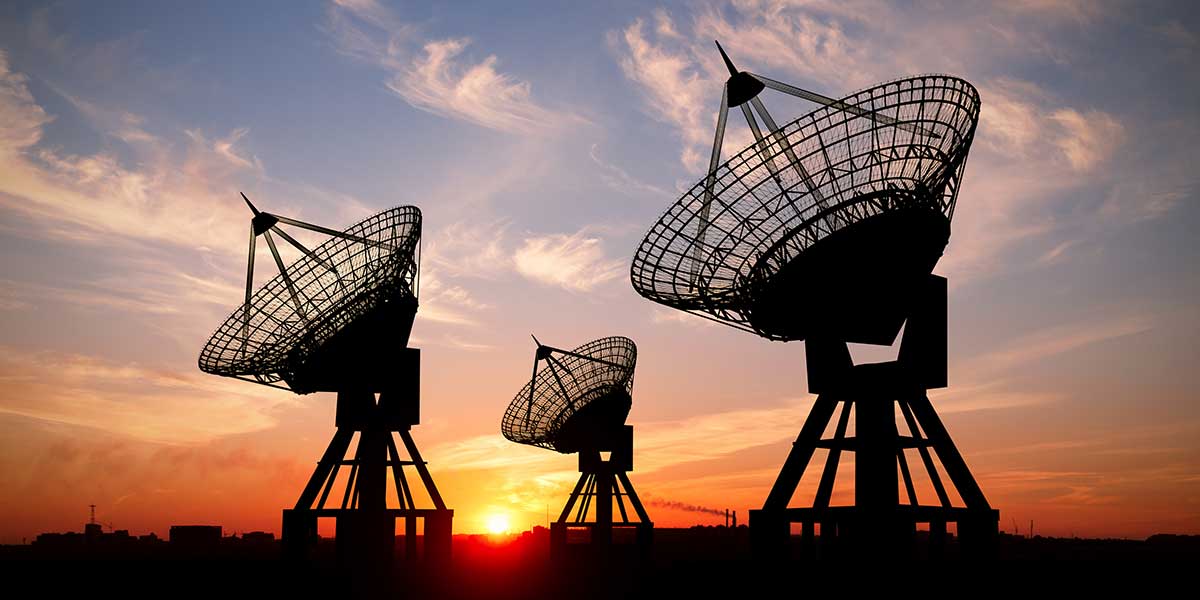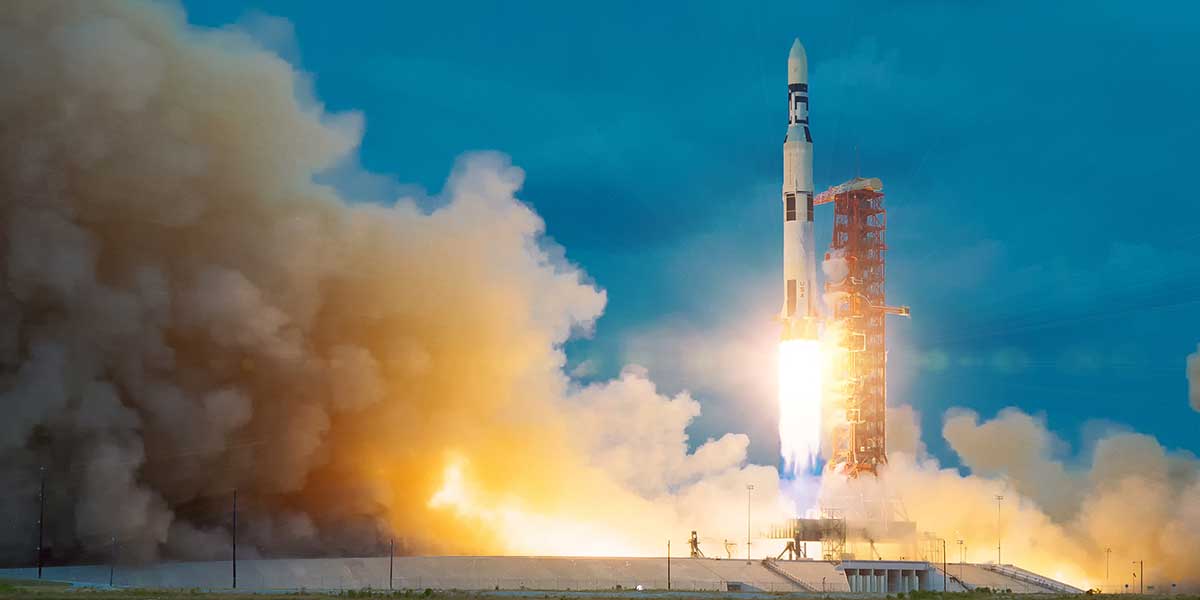AWS Public Sector Blog
Tag: Earth and Space
AWS and Project Kuiper to support the US military’s Hybrid Space Architecture project
Whether on land, in air, or at sea, having connectivity and access to information in the field is critical for the US Department of Defense (DoD). Satellite communications systems provide the DoD with critical capabilities—from delivering satellite imagery to enabling communications—that support military users operating around the globe. Now, as part of a new DoD research and development effort, AWS and Amazon’s Project Kuiper will help shape the future of global, ubiquitous, and secure internet connectivity throughout the space domain for the United States and its allies.
Building resilience: Using technology to prepare for, respond to, and recover from the unexpected
Every day, people around the world are impacted by the unexpected – from pandemics, to natural and human-wrought disasters, to economic crises. Technologies like the cloud can empower communities to prepare for and respond to the unexpected so that when a crisis hits, they can continue to advance. AWS works with customers and partners to build software solutions that improve government and nonprofits’ prediction, preparedness, response, and recovery capabilities—solutions that are being leveraged across Latin America and the Caribbean.
How Satellogic and AWS are harnessing the power of space and cloud
Satellogic is a leader in high-resolution Earth observation (EO) data collection. The company is creating a live catalog of Earth and delivering daily updates to create a complete picture of changes to our planet for decision makers. Watch a new video to understand how Satellogic uses AWS Ground Station and the AWS Cloud to democratize access to EO data that’s being used for high-impact missions.
Virtualizing satellite communication operations with AWS
Virtualizing the satellite ground station with cloud technology can increase scalability, flexibility, and operational agility for satellite communications (satcom) operations. This blog post describes how AWS can help satcom customers virtualize their ground stations that are directly connected to satellite antenna systems. This post details the benefits of decoupling satellite ground station hardware and software components to improve scalability and flexibility. This post also presents a reference architecture to virtualize the satcom ground segment after the satellite signal is digitized at both ends of communication.
What we learned at Amazon re:MARS 2022 for the public sector
The Amazon re:MARS 2022 conference brought together thought leaders, technical experts, and groundbreaking companies and organizations that are transforming what’s possible in machine learning (ML), automation, robotics, and space. Advancements in these fields are the engines that will drive innovation for the next 100 years. Read on to learn about announcements from re:MARS related to the public sector, plus some of the innovative organizations and companies that were onsite to inspire guests with breakthrough technologies and ideas.
AWS joins the Digital IF Interoperability (DIFI) Consortium
AWS helps customers build satellites, conduct space and launch operations, and leverage cloud-powered infrastructure on the ground. To further promote scalability and flexibility across the space industry, AWS has joined the Digital IF Interoperability (DIFI) Consortium. The DIFI Consortium is an independent group of space companies, organizations, and government agencies from around the world that promote an open and simple standard to facilitate interoperability of ground systems supporting space operations.
AWS announces the 10 startups selected for the 2022 AWS Space Accelerator
AWS is pleased to officially announce the selection of the 10 participants for the 2022 AWS Space Accelerator. The selected startups each have an inspiring and innovative vision for how to transform the growing global space industry across a diverse set of mission areas, including Earth observation (EO), space situational awareness, launch and propulsion, and space exploration.
Virtualizing the satellite ground segment with AWS
As the number of spacecraft and spacecraft missions accelerates, moving aerospace and satellite operations to the cloud via digital transformation — including virtualizing the ground segment — is key for economic viability. In this blog post, we explain the benefits of virtualizing the ground segment in the cloud and present the core components of a reference architecture that uses AWS to support several stages of a comprehensive ground segment virtualization. Then, working from this model, we present additional reference architectures for virtualizing the ground segment that can accommodate various requirements and usage scenarios.
How students help modernize rocket launches at the Western Range with the AWS Cloud
Vandenberg Space Force Base (VSFB), also known as the Western Launch and Test Range, is one of only two U.S. Space Force launch ranges. A safe rocket launch relies on the ability of Western Range meteorologists to gather and analyze weather data in real-time. The Western Range team wanted to switch to an agile, cloud-based solution that would streamline data analysis and keep operators safe—which prompted them to call on students and AWS Cloud experts at the California Polytechnic State University (Cal Poly) Digital Transformation Hub (DxHub), powered by AWS, to help VSFB prototype a solution.
How to deliver performant GIS desktop applications with Amazon AppStream 2.0
Geospatial datasets are increasingly large, reaching terabyte and even petabyte scale, which can cause many challenges for geospatial analysts and educators–but Amazon AppStream 2.0 can provide some solutions. In this blog post, we walk through how to deploy QGIS, a no cost, open-source geospatial information system (GIS) application used by geospatial analysts, in Amazon AppStream 2.0. We also load an example dataset to demonstrate how desktop GIS application users can access large, cloud-hosted geospatial datasets with high performance by keeping the data and compute components together on the cloud, and streaming the desktop application instead of downloading the data itself.









